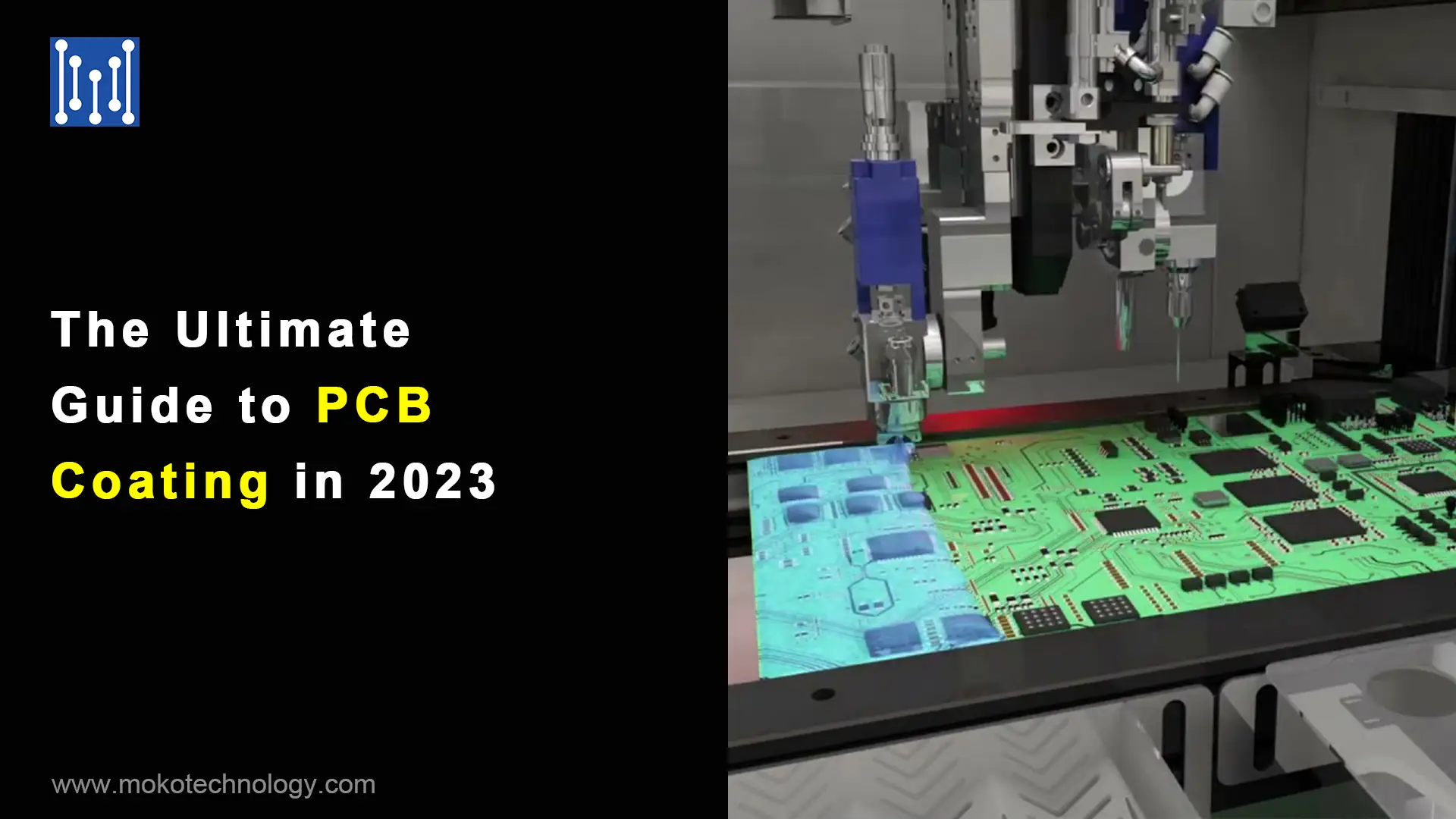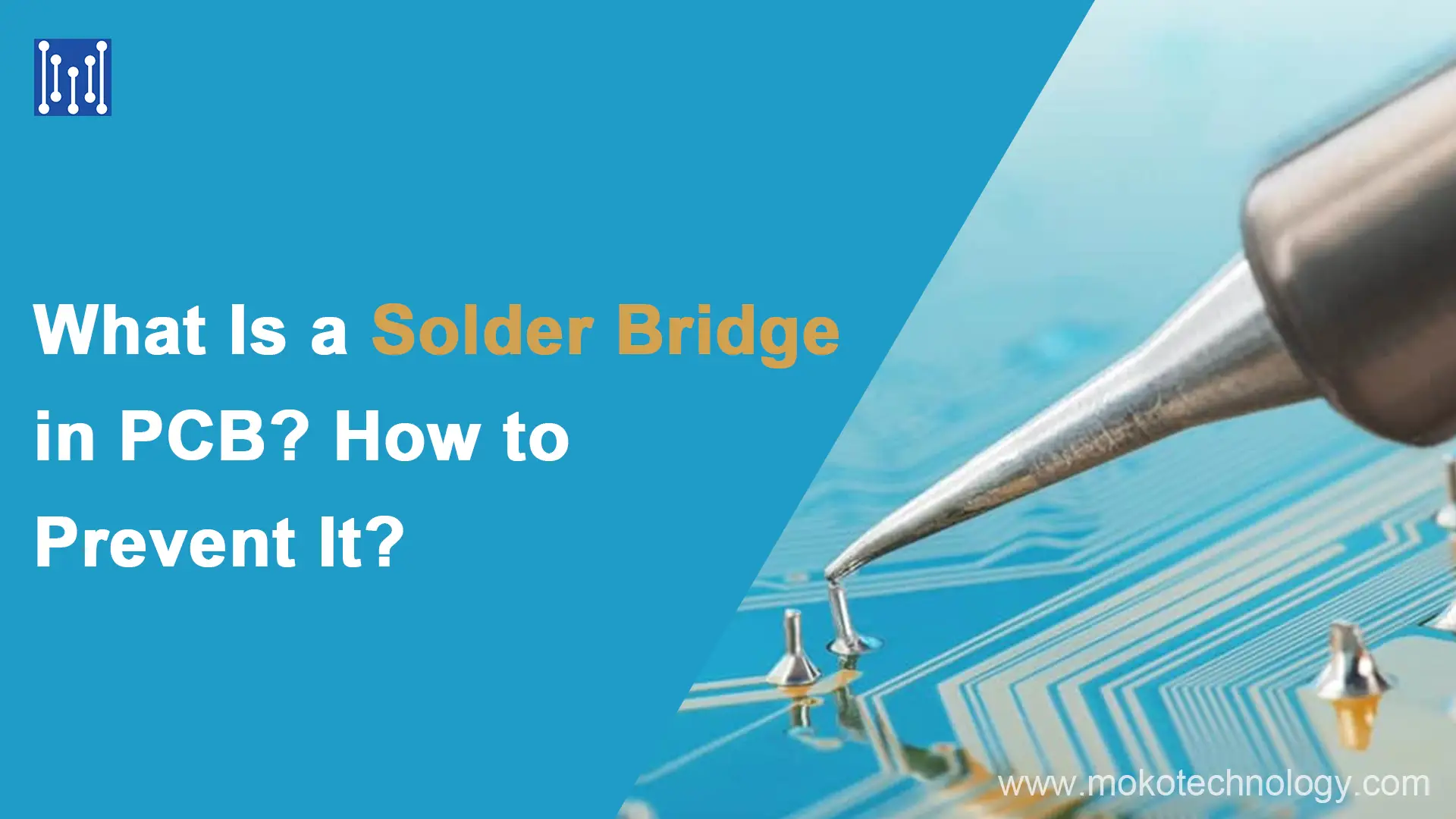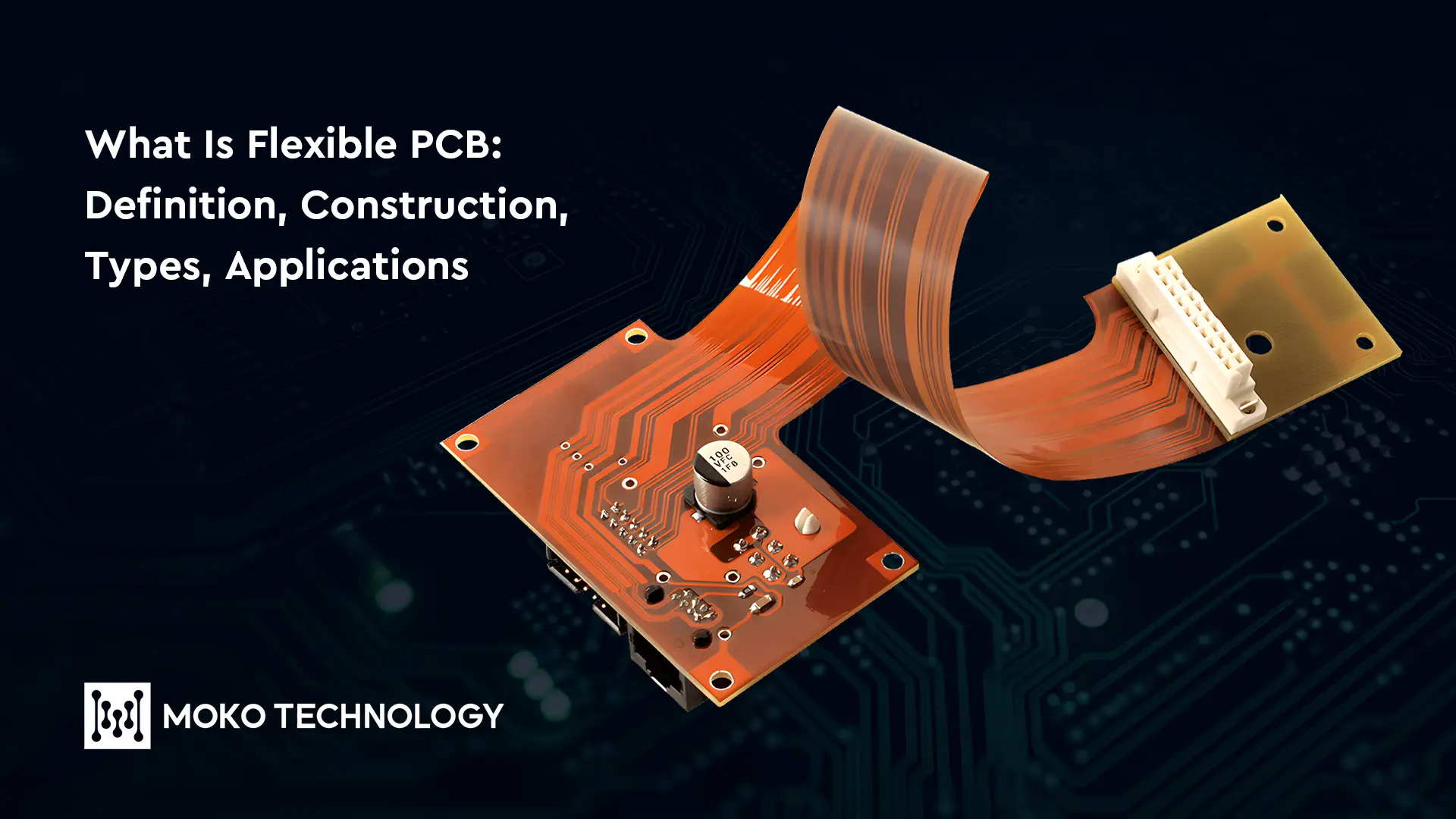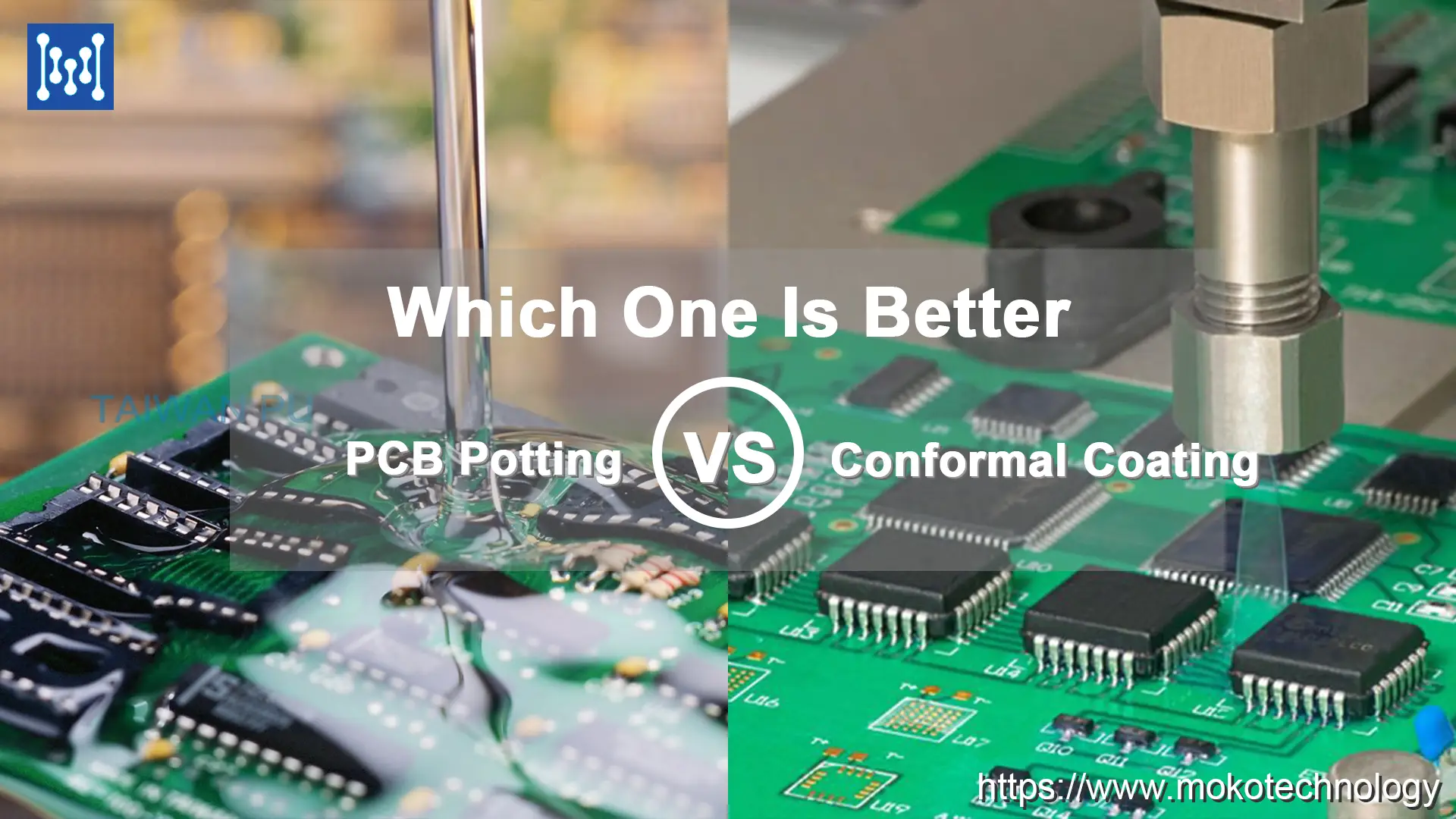ПХБ широко используются в различных бытовых, промышленный, военный, и автомобильное оборудование. Для обеспечения работы оборудования и продления срока службы, Крайне важно убедиться, что печатные платы и компоненты на плате защищены от любой опасности, так как любая ошибка в них может повлиять на работоспособность устройства или даже привести к выходу из строя всего устройства. Покрытие печатной платы — очень эффективный способ защиты печатной платы..
В этом окончательном руководстве, мы расскажем обо всем, что вам нужно знать о покрытиях печатных плат, в 2023 – от типов материалов до методов нанесения и стандартов качества. При правильной стратегии нанесения покрытия, вы можете значительно продлить срок службы печатных плат в ваших продуктах. Давайте начнем!
Что такое покрытие печатной платы?
Покрытие печатных плат — это технология, которая защищает печатные платы от неблагоприятных факторов, таких как коррозия., влага, и физические удары путем нанесения тонкого и непроводящего слоя на поверхность печатной платы и электронных компонентов. С покрытием печатной платы, снижается вероятность выхода из строя печатной платы и электронных компонентов, и срок службы конечного электронного продукта также может быть продлен.
Типы покрытия печатных плат
По используемым материалам, Покрытия для печатных плат можно разделить на пять типов.:
- Акрил – легко наносится и ремонтируется., отличается хорошей защитой от влаги и истирания, и хорошая механическая прочность. Но этот тип покрытия имеет низкую устойчивость к растворителям и плохую термостойкость..
- Полиуретан – то же, что акрил., обеспечивает превосходную влагостойкость и стойкость к истиранию, Кроме того, обеспечивает лучшую стойкость к растворителям. Обратная сторона, тем не мение, что покрытие трудно удалить.
- Эпоксидная смола – обладает превосходной механической прочностью и обеспечивает хорошую защиту от истирания и влаги.. Однако эпоксидные покрытия обладают плохой гибкостью и термостойкостью, и их трудно восстановить..
- Силикон – этот тип покрытия доступен во влагоотверждении., УФ-отверждение, и тепловая обработка, обладает отличной температуро- и влагостойкостью, но он имеет плохие характеристики по сопротивлению истиранию и механической прочности.
- Paralyene – паралиеновые покрытия доступны для любой поверхности, который является идеальным вариантом для устройств, используемых в аэрокосмической и медицинской сфере., поскольку они могут защитить печатные платы от органических растворителей, неорганические реагенты, и кислоты. Недостаток их в том, что их трудно переделывать..
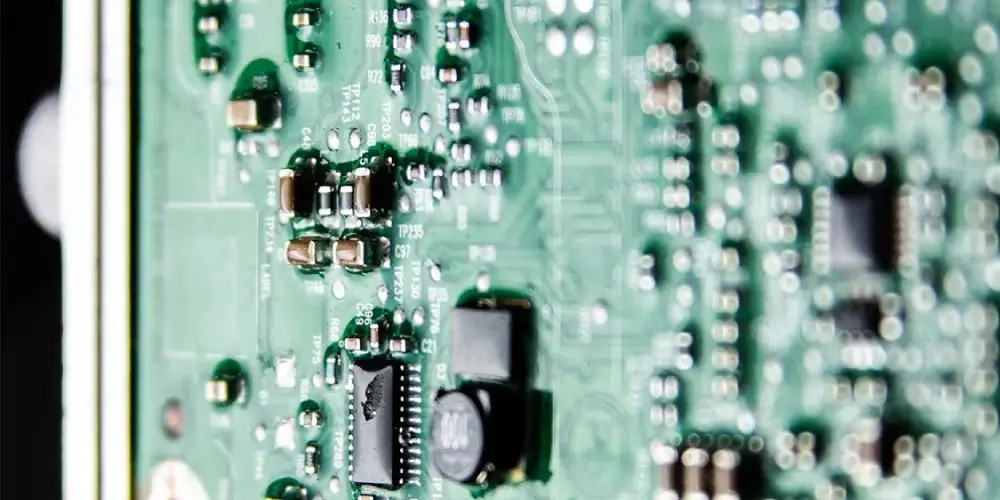 Выбор подходящего материала покрытия печатной платы
Выбор подходящего материала покрытия печатной платы
Теперь, когда мы понимаем свойства различных покрытий печатных плат, то какие факторы мы должны учитывать, чтобы выбрать наиболее подходящее покрытие для вашего проекта? Хорошо, ниже мы перечислили некоторые ключевые соображения:
- Рабочая среда
Температура – Если печатная плата будет подвергаться воздействию высоких температур, покрытия, такие как силикон или полиуретан, подходят лучше, чем акриловые.. Для сред с очень низкой температурой, парилен превосходит.
Влажность – Если влагостойкость имеет решающее значение, парилен и некоторые уретаны обеспечивают лучшую защиту от проникновения и поглощения водяного пара..
Химическая – Для агрессивных химических сред, парилен и уретан обычно обладают лучшими химическими барьерными свойствами..
УФ-воздействие – Акрил обладает хорошей устойчивостью к ультрафиолетовому излучению.. Силиконы и парилен также устойчивы к ультрафиолетовому излучению..
- Электрические свойства
Диэлектрическая прочность – Оно должно превышать максимальное напряжение, которое будут выдерживать дорожки печатной платы.. Парилен и силикон обладают высокой диэлектрической прочностью..
Изоляционное сопротивление – Более высокое значение МОм указывает на лучшую электрическую изоляцию.. Важно для предотвращения токов утечки.
Теплопроводность – Способность рассеивать тепло.. Критично для силовой электроники. Силиконовые покрытия обеспечивают лучшую теплопроводность..
- Механические свойства
Твердость – Более твердые покрытия, такие как эпоксидные смолы и некоторые уретаны, обеспечивают большую устойчивость к царапинам и истиранию..
Гибкость – Силиконовые и париленовые покрытия сохраняют гибкость., важно для динамических гибких схем.
Адгезия – Такие свойства, как химический состав поверхности, определяют, насколько хорошо покрытие связывается с поверхностью. Подложка печатной платы.
- Расходы
Затраты на покрытие печатных плат зависят от таких факторов, как химический состав сырья., потребности в перерабатывающем оборудовании, сроки изготовления, сложность применения, Толщина покрытия, способность к ремонту, и объем. В общем, анализ затрат сопоставляет затраты на материал покрытия и процесс нанесения с требованиями к производительности и условиями эксплуатации конечного применения.. Оценка таких факторов, как совместимость материалов., метод обработки, а целевая надежность на протяжении всего срока службы позволяет выбрать наиболее экономичное покрытие, которое при этом отвечает техническим потребностям..
Процесс нанесения покрытия на печатную плату
Нанесение защитного покрытия на печатные платы предполагает тщательную подготовку., заявление, лечение, и тестирование:
- Подготовка поверхности
Перед нанесением покрытия плиты необходимо тщательно очистить для улучшения адгезии.. Общие методы включают очистку растворителем и обработку поверхности плазмой/коронным разрядом..
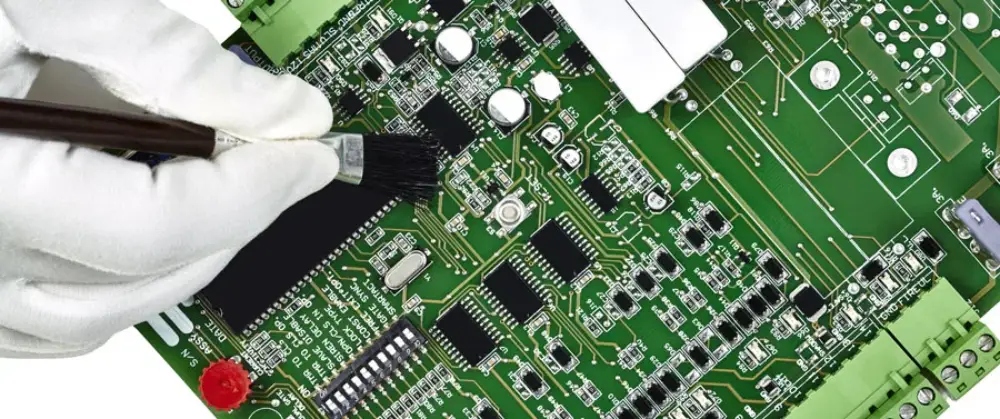
- Нанесение покрытия
Существуют разные методы нанесения покрытия на печатную плату., они есть:
- Ручное распыление
Этот метод подходит для мелкосерийного производства, так как требует много времени.. Обычно, для нанесения покрытия используем аэрозольный баллончик или ручной краскопульт, и перед распылением, те области, которые не требуют покрытия, должны быть покрыты. Эффект покрытия будет немного отличаться для разных партий из-за ручного управления..
- Селективное покрытие
Это относится к автоматическому процессу нанесения покрытия, при котором покрытие наносится на определенные области печатных плат с помощью запрограммированных роботизированных распылительных форсунок., и нет необходимости закрывать участки, которые не подлежат опрыскиванию. Этот процесс отличается высокой эффективностью и точностью., подходит для крупносерийного производства.
- погружение
Для этого метода, ПХБ сначала погружают в раствор покрытия, а затем извлекают.. На эффект покрытия влияют многие факторы, такие как скорость погружения и извлечения., время погружения, так далее. Перед нанесением покрытия требуется обширная маскировка., поэтому он подходит для тех печатных плат, которые требуют покрытия с обеих сторон.
- Чистка
Кисть используется для нанесения покрытия на определенные участки., и этот метод в основном используется для ремонта и переделки. Процесс занимает много времени и требует много труда, конечный эффект покрытия зависит от квалификации оператора.
- Отверждение/сушка
Распространенные методы отверждения включают термическое отверждение., УФ-отверждение, и влагоотверждение. Жесткий контроль процесса во время отверждения жизненно важен для обеспечения полной сшивки покрытий без чрезмерной хрупкости.. Метод отверждения выбирается в соответствии с химическим составом полимера и отвечает потребностям в эффективности и производительности..
- Тестирование
Испытания - важный этап для проверки диапазона рабочих характеристик и ограничений изоляционного покрытия схем в различных условиях окружающей среды для получения желаемых характеристик..
Идеальное покрытие имеет свойство чрезмерной адгезии., хорошие электрические свойства, и физические характеристики при низкой влажности. Эти тесты для тестирования покрытия включают в себя как базовые, так и расширенные испытания.. Первый, базовое тестирование проверяет повышенную влажность и электрические характеристики. Второй, расширенное тестирование проверяет соляной туман, быстрое изменение окружающей среды, и температурный предел.
Печатная плата Доска Стандарты покрытия
В защитное покрытие, Существует ряд стандартов покрытия печатных плат, которые требуют его использования в определенных условиях, например, в военных целях., автомобиль, домашнее использование, так далее. Чаще всего конформные покрытия соответствуют спецификации MIL-I-46058C или IPC-CC-830B, которая тесно связана со спецификацией MIL-I-46058C..
MIL-I-46058C: Распространенный стандарт конформных покрытий в отрасли, также известный как военный изоляционный компаунд. Он требует тестирования в любых лабораториях, имеющих сертификат MIL, и он все еще используется даже после деактивации, так как 1998 для новых дизайнов. Для этого теста требуется стандартный список сертифицированных продуктов. (QPL).
Def Stan 59/47: Стандарт, аналогичный стандарту 46058C, который используется для покрытия высокотехнологичных устройств военного назначения, но Министерство обороны Великобритании должно сначала одобрить их..
IEC 61086: Стандарт, основанный на самосертификации поставщиком с требованиями, аналогичными 46058c.. Им управляет Международная электротехническая комиссия..
IPC-CC-830B: Активно используемый и постоянно обновляемый стандарт, аналогичный 46058C, вводится, когда 46058C остается неактивным. Материал стандартизован для 46058C и соответствует этим спецификациям.. Тестирование недоступно, так как QPL не поддерживается.
UL94V0: Относится к конформным свойствам самозатухающего покрытия на подложке FR4.. V0 - это наивысшая достижимая категория с V1 и V2 в качестве ее преемников..
